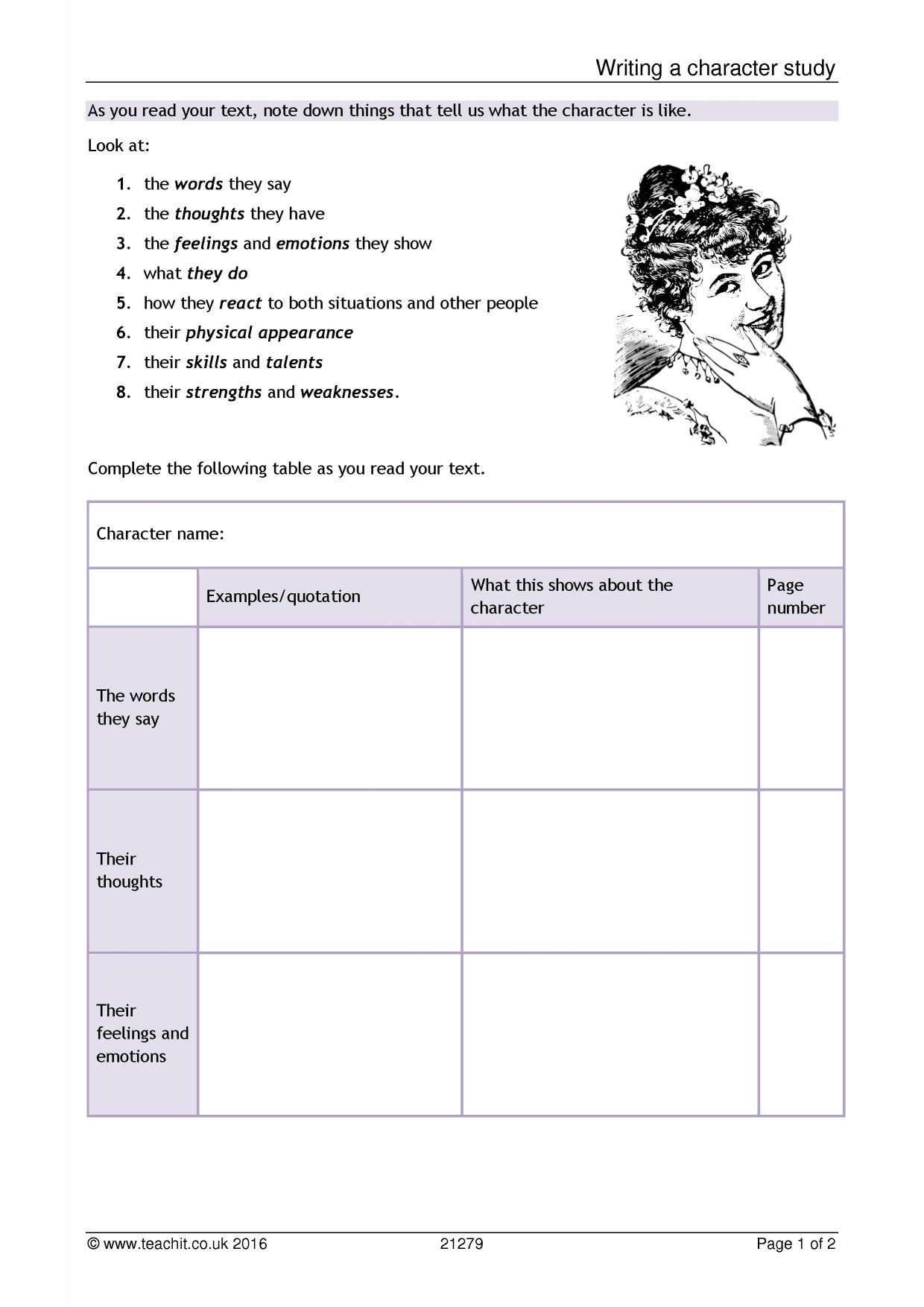Neobenedenia “melleni” like species (Monogenea: Capsalidae.
Neobenedenia melleni has low host specificity and is responsible for significant damage to the skin and eyes, causing corneal opacity. In this study, N. melleni was indeed responsible for causing skin irritation and corneal opacity in P. asfur, P maculosus, P. diacanthus, and C. semilarvatus confirming its importance as an etiological agent.Disclaimer: The Animal Diversity Web is an educational resource written largely by and for college students.ADW doesn't cover all species in the world, nor does it include all the latest scientific information about organisms we describe. Though we edit our accounts for accuracy, we cannot guarantee all information in those accounts.Benedenia seriolae and Neobenedenia species.. Laboratory experiments were conducted to determine the effect of salinity on embryonic development and hatching in Neobenedenia melleni, a.
Intra-species morphological variation presents a considerable problem for species identification and can result in taxonomic confusion. This is particularly pertinent for species of Neobenedenia which are harmful agents in captive fish populations and have historically been identified almost entirely based on morphological characters. This study aimed to understand how the morphology of.Examination of original specimens (syntypes) of N. melleni sensu MacCallum (1927) revealed differences with N. girellae in having a wide and rounded body, a prominently large anterior hamuli, and absence of glands of Goto. This Neobenedenia from Japanese fishes sometimes showed an unusual morphology of the individual parts of the median sclerites.

Species of Neobenedenia are harmful monogenean ectoparasites that infect economically important bony fishes in aquaculture worldwide, however, the species boundaries between two of the most notorious taxa, N. melleni and N. girellae, has been a topic of contention for decades.



+Analogy+and+Comparison.jpg)








